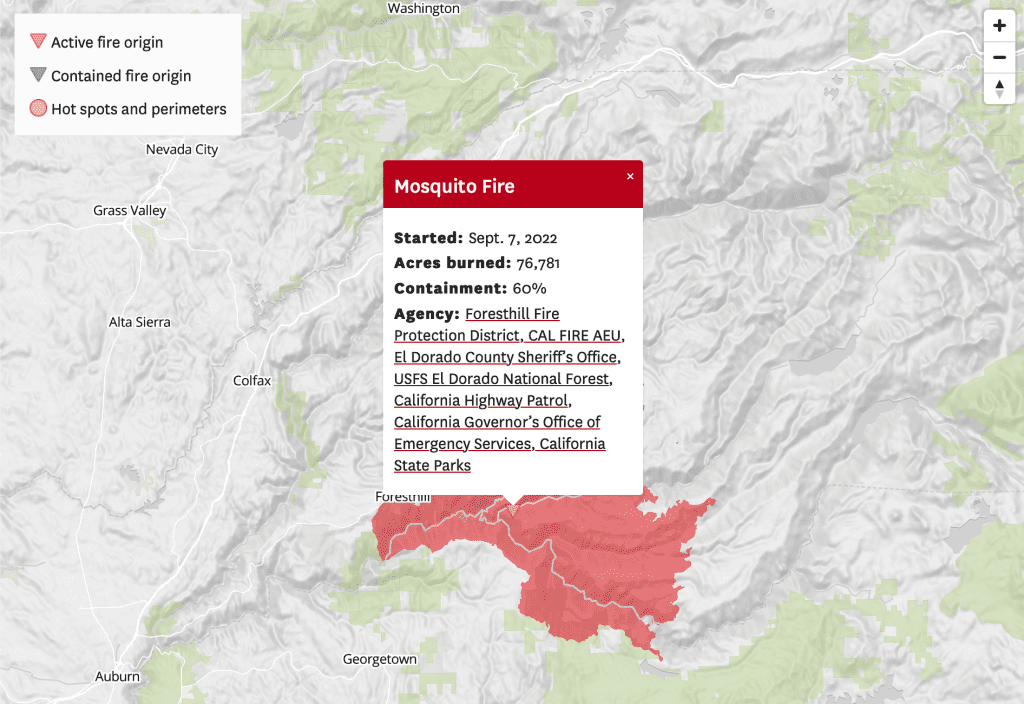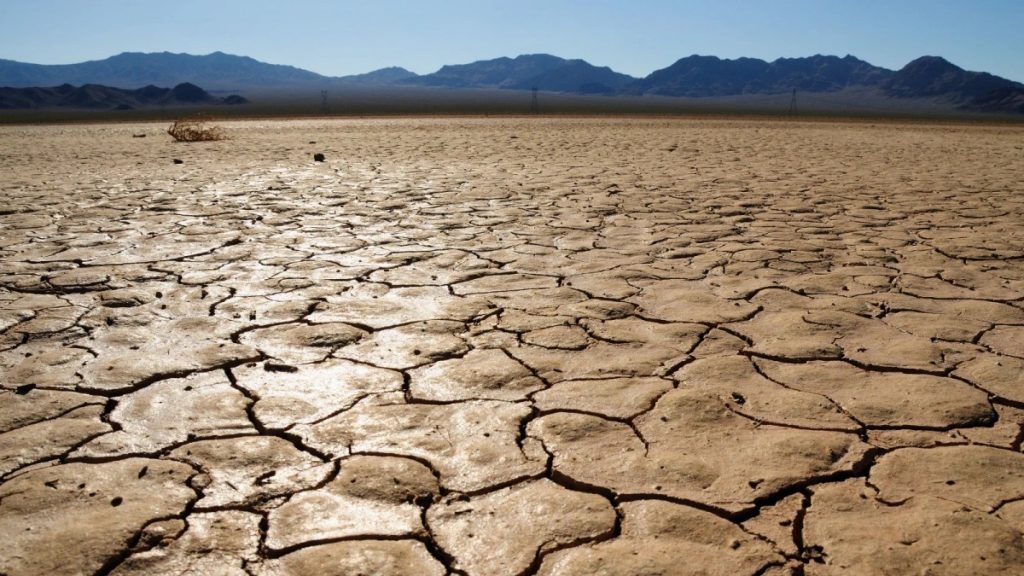Burns 101
Learn about your Dermis, and how to protect your Epidermis too
Burn Basics
Burns, like beauty, are often more than skin deep
Do you know what the largest organ in the body is? Yup. It’s your skin. It’s an organ. Really. Without your skin, you muscles, bones, and internal organs would have no protection. You wouldn’t be able to regulate your body’s temperature, and you wouldn’t be able to feel the world around you through your nerves and sense of touch. All of those functions take place in your skin. And it’s your job to do all you can to protect it.
That means avoiding things and behaviors that might burn you. It means wearing sunblock EVERY TIME you go outside into the sun. Even on cloudy days, your skin is subject to the UV rays that could lead to a painful sunburn.
Check out the above diagram of your skin. You can see it’s a pretty complex organ, with multiple layers and functions.
A burn injury usually results from an energy transfer to the body. There are many types of burns caused by thermal, radiation, chemical, or electrical contact.
Thermal burns – burns due to external heat sources which raise the temperature of the skin and tissues and cause tissue cell death or charring. Hot metals, scalding liquids, steam, and flames, when coming in contact with the skin, can cause thermal burns.
Radiation burns – burns due to prolonged exposure to ultraviolet rays of the sun, or to other sources of radiation such as x-ray.
Chemical burns – burns due to strong acids, alkalies, detergents, or solvents coming into contact with the skin and/or eyes.
Electrical burns – burns from electrical current, either alternating current (AC) or direct current (DC).
There are three classifications of burns. Classifications have to do with how how deep and severe a burn penetrates the skin’s surface You might have heard the terms, first, second and third degree burns. But most medical professionals now classify burn severity this way:
Superficial – also known as first-degree burns, superficial burns affect only the epidermis, or outer layer of skin. The burn site is red, painful, dry, and with no blisters. Mild sunburn is an example. Long-term tissue damage is rare and usually consists of an increase or decrease in the skin color. These burns rarely require professional medical attention.
Partial-thickness – also known as second, partial thickness burns involve the epidermis and part of the dermis layer of skin. The burn site appears red, blistered, and may be swollen and painful. Depending on the size of these burns, a trip to the emergency room or doctor’s office might be advisable.
Full-thickness – also known as third-degree, full-thickness burns are when all layers of the skin are damaged. Sometimes these are hard to differentiate from partial-thickness burns, but there are usually charred or black or brown areas that are dry and white. There may also be damage to the underlying bones, muscles, and tendons if the burns are severe enough. People with full-thickness burns might complain of extreme pain, or if the burn is so deep is have damaged the nerve endings, they may not have any pain at all.
Determining how severe a burn is, isn’t just about figuring our the thickness. It’s also about figuring out the size. Medial professionals use something called The Rule of Nines to estimate burn size, which in turns tells them about burn severity.



